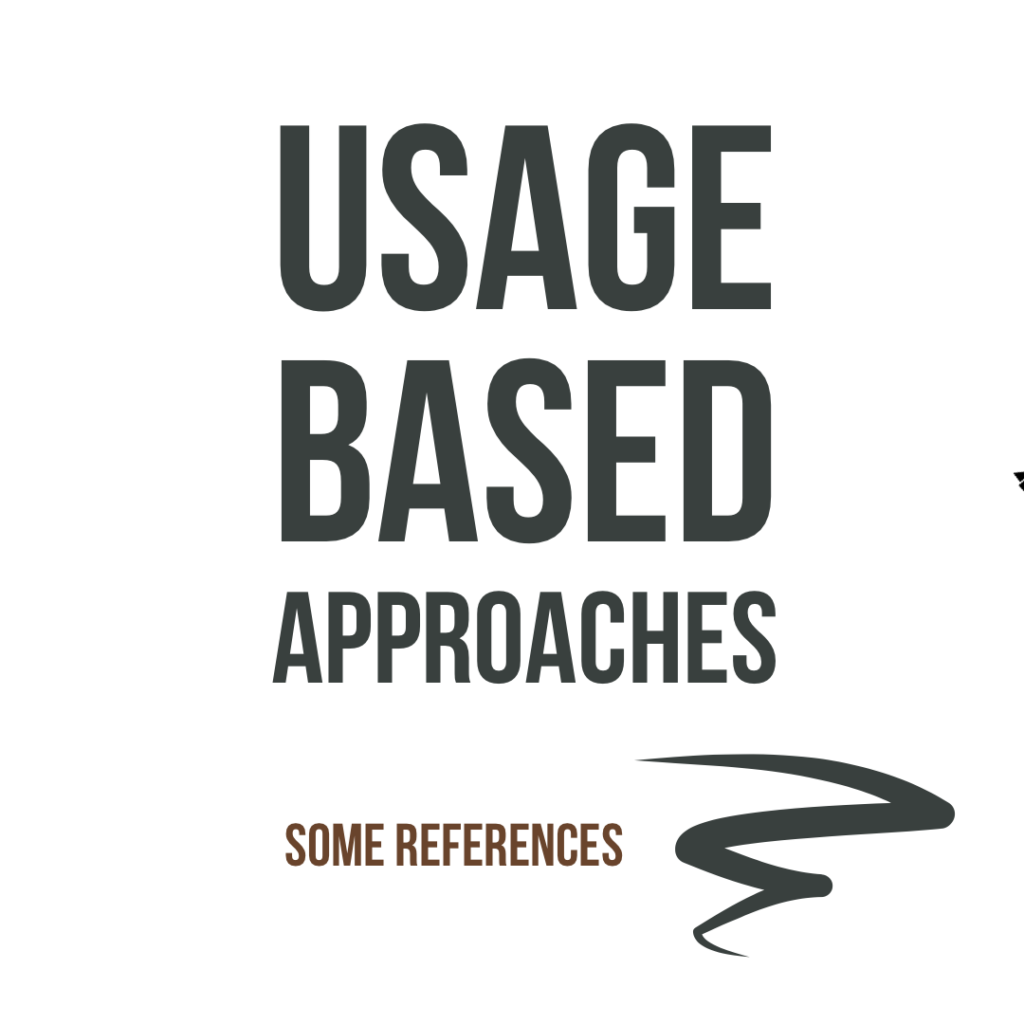
Usage-based theories of language hold that learners acquire constructions in a similar fashion—from the statistical abstraction of patterns of form-meaning correspondence in their usage experience—and that the acquisition of linguistic constructions can be understood in terms of the cognitive science of concept formation following the general associative principles of the induction of categories from experience of the features of their exemplars. In natural language, the Zipfian-type token-frequency distributions of the occupants of each of these construction islands, their prototypicality and generality of function in these use, roles and the reliability of mappings between these together conspire to make language learnable. Phrasal teddy bears, formulaic phrases with routine functional purposes, play a large part in this experience, and the analysis of their
components gives rise to abstract linguistic structure and creativity.
Is the notion of language acquisition being seeded by formulaic phrases and yet learner language being formula-light having your cake and eating it too?
Ellis, N. (2012). Formulaic Language and Second Language Acquisition: Zipf and the Phrasal Teddy Bear. 32, 17-44.